What To Do When You Lose Your Wallet
Updated
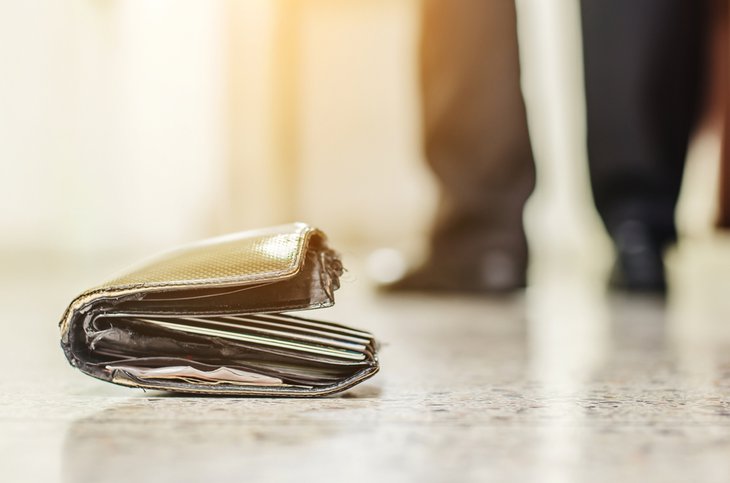
Depending on your age, gender, and place in life, you’re all thinking about different things when you peel yourselves out of bed in the morning. If you’re a parent, you’re probably thinking about how to get their kids to peel themselves out of bed in the morning so they can get to school on time. If you’re one such kid, you’re likely thinking about what excuse to give the teacher for not having your homework. If you’re the teacher, you may be thinking about how you’re going to prepare this student for the state’s standardized test. Maybe you’re not in any of these categories and you’re thinking about your work deadlines, your hopes and dreams, and/or what you’re going to wear for the party you’re going to on this particular night. Very few of you are thinking about losing your wallets or what to do when we do lose them. This leaves your mind full of nothing but static when such a thing does occur.
Now, we know that the only way losing your wallet can be a good thing is if it somehow comes back with a bunch of money that wasn’t there before. Realistically though, there’s no force on the face of the planet that makes losing your wallet a pleasant experience. However, if you have the right plan, this mishap does not have to be a world-ending apocalypse.
Steps To Take When You Lost Your Wallet
Step 1: Look Harder!
First, you should make sure you didn’t misplace it; this is the lost wallet equivalent of turning the power off and back on for any problem related to technology. I’m guessing that most of you have at one point in your lives either spent fifteen or more minutes looking for your glasses only to find them perched atop your head or done something similar. This is an important step because the following steps are time-consuming both to enact and to reverse. The farther you read into this article, the more you’ll realize you don’t want to get halfway through this process and then find your wallet between couch cushions, in your baseball cap, or in any similar location. Call the places you’ve been recently, retrace your steps, and try to remember any “special places” where you put something so that you “can’t lose it.” A surprising number of objects get misplaced specifically because you’re trying not to lose them, and as a result, you put it in a spot that you never check. Because time is of the essence, you should probably only spend 30-45 minutes on this step, not several days.
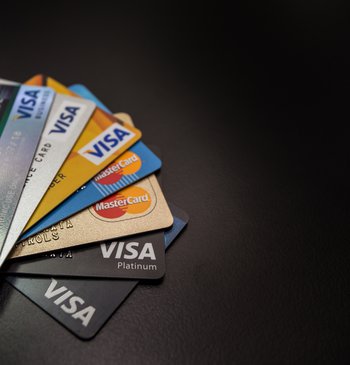
Step 2: Call Credit Card Companies
Your next step is to call the issuers of your cards, be they credit, debit, and/or ATM cards. Chances are, this is Visa, MasterCard, American Express, or Discover. You specifically want to report these cards as lost or stolen. In the reporting process, you should order new cards with new numbers and the same credit limits. These steps will help to keep other people from using your cards to spend a bunch of your money. Also worth noting is that if you had automatic debits on any of those cards, you’ll want to notify those respective companies as well. They’ll let you know what to you, but you should be prepared to make those payments manually to keep the accounts up to date. The numbers for these credit card companies are 1-800-627-8372 for MasterCard, 1-800-847-2911 for Visa, 1-800-528-4800 for American Express, and 1-800-347-2683 for Discover.
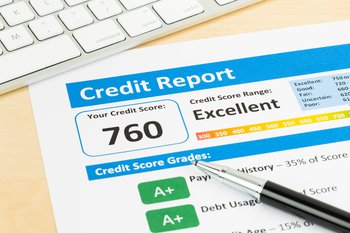
Step 3: Call Credit Bureaus
After that, you’ll make a similar call to the credit reporting agencies: Experian, Equifax and Trans Union. This step makes it so that creditors have to check your identity before approving new credit, usually by calling you directly. The numbers for the credit reporting agencies are 1-888-397-3742 for Experian, 1-800-525-6285 for Equifax, and 1-800-680-7289 for Trans Union. Unlike with the credit card companies, in which you only need to call the ones that are relevant, you’ll actually need to call all of the credit reporting agencies. While you’re at it, go ahead and go to annualcreditreport.com to order a free credit report from each of these credit agencies. Like the name of the site suggests, only the first report per year from each agency is free, but in this situation, you may need to pay a little bit up front to ensure against losing a lot to a potential identity theft. Once you have your reports, look at them closely for any signs of false purchases.

Step 4: Call Your Bank
It’s also important to put in a call to the bank attached to your checkbook/checking account, particularly if debit cards were in your wallet. Request a freeze on your checking account. Chances are, the person you’re talking to will detail all of the recent transactions on that account and ask you which ones are from you and which ones aren’t. After making this call, keep a close eye on the status of paper checks you’ve written. Once they clear, you’ll need to close the compromised account and open a fresh one, which will involve resetting your direct deposits and automatic debits. At this point, you’re starting to see why you want to make sure the wallet really is missing, rather than just misplaced.
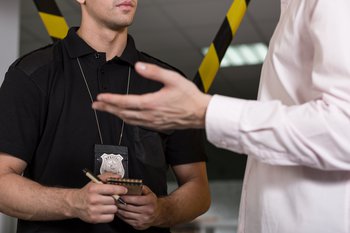
Step 5: File Police Report
Make a police report next. Even though the chances of them finding your wallet aren’t high, this step is paramount to demonstrating due diligence if you do indeed become a victim of fraud or identity theft. The fact that you filed a police report will serve as evidence in your favor that no, you did not spend $2,000.00 buying clothes that don’t even fit you. When making this report, do your best to be prepared with a description of the wallet, a description of its contents, where and when you think you lost your wallet, and any possible suspects if you believe the wallet was stolen. Once filed, keep a copy for your own records.
Step 6: Get A New ID
Next up is the driver’s license, which was almost assuredly in your wallet. Not only will you want to get that replace as quickly as possible so you can get on the road legally, but it’s another tool that identity thieves can use against you. You’re starting to see a pattern here: if there’s an entity that is in any way related to anything that might have been in your wallet, contact this entity and let them know your identity may be compromised. For the driver’s license, your best bet is specifically to get a ride to your local DMV. Calling does work, but the application tends to take a longer time when done over the phone, and you probably want a return to normalcy as quickly as possible. In either case, they’ll want you to file a police report, and it’ll feel nice to say, “Already done,” if marginally so.
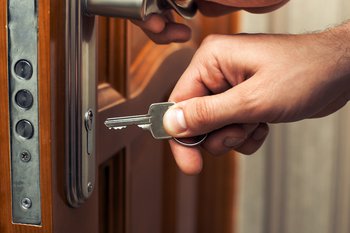
Step 7: Replace Locks
Hopefully, your wallet didn’t contain any keys, particularly keys to your house or your car. If they did, however, changing the locks is your next step; anybody who would be willing to steal of wallet would be willing to steal a car or valuables from your house. For members of the do-it-yourself crowd, most hardware stores have a good selection of replacement lock to choose from. Otherwise, you’ll be on the market for a locksmith. Chances are, your best chance at finding a reputable locksmith will come from a friend’s recommendation, so don’t be shy about asking around. With car keys, it’s equally vital, but not as easy, to get your locks changed. You’ll want to call your local dealer to take care of that for you.
Having done so much already, it may be tempting to skip some steps, feeling exhausted with the whole process and feeling like you’ve done enough already. Resist that temptation; every step in this process is paramount. Take a break if you need to, but don’t skip any steps.
Step 8: Social Security Card
The Social Security card comes next. Carrying it in your wallet is not recommended for this exact reason, but if you carry it in your wallet for convenience, it will cause you an additional inconvenient step here. Call the Social Security Administration, enjoy the hold music for about twenty minutes, then report the loss of your Social Security card to get a new card. You may be able to apply online if you are eligible, here are the requirements: Online Application Requirements.
Step 9: Replace Your Wallet
Finally, get a new wallet. It doesn’t literally have to be new, but don’t hold your breath waiting for your old one. As your replacement cards march in one by one, give them each a place in your new wallet to once again facilitate your return to normalcy.
Conclusion
All of you have busy lives, and as such, you don’t have time to brood over the things you’re going to do in the event that you either lose your wallet or have it stolen. What you want to do with this plan is write, print it, save it, or bookmark it so that you can find it amid the static that will occur in your mind if your wallet vanishes. Put this plan in a place that you check often when things go missing, not in a “special place” that will be forgotten in a week’s time. Most certainly, do NOT put this plan in your wallet; this would make for a scene that would be funny to everyone except you.



















